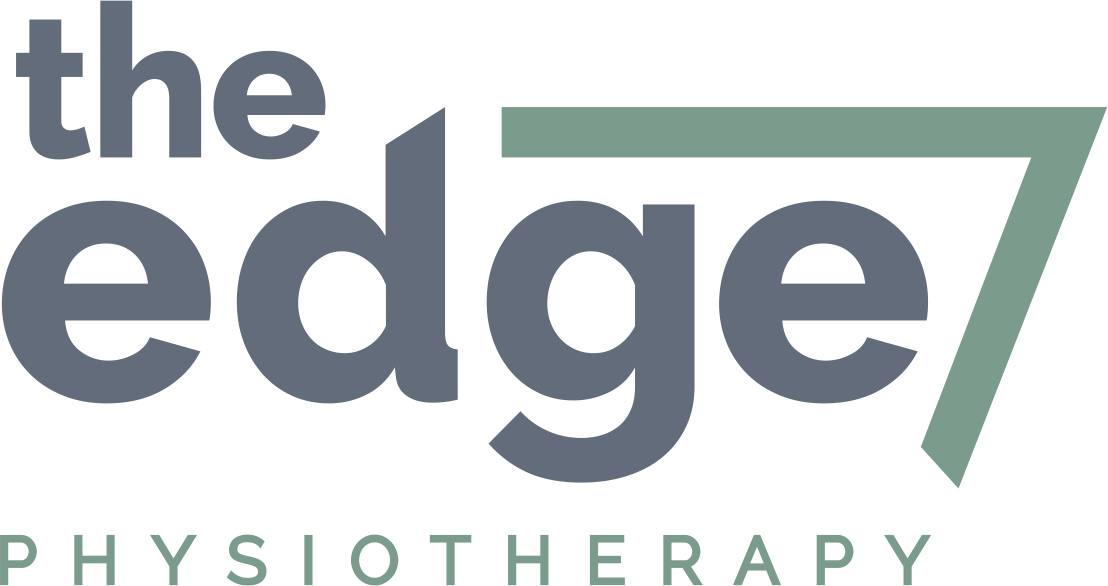Horse riding…symmetry between rider and horse
The Edge Physiotherapy is located in the beautiful Southern Highlands south of Sydney NSW. We moved here 8 years ago and we noticed straight away the lush rolling green pastures and the horses that resided there. Lots of horses, many horses, it is a horse riders dream here. And as such I have from time to time come across the occasional horse rider presenting to the clinic. I’m not professing to say that I am knowledgable in all aspects of riding, as this is a developing area for me. I have ridden a horse a handful of times yes, and I have to say it’s not as easy as it looks on tv. The immense power and beauty of these animals is evident when you’re sitting up high on their back, clutching on wondering if you look like you know what you’re doing.
If you ask a physio about horse riders they’ll probably roll their eyes and remark on having seen at least seen one rider who had back pain and hip/pelvic pain. Any mention of stopping riding to help with their injury was out of the question. The physio saw them a handful of times, and as soon as they could ride again, they didn’t return. I feel like riders in general have gotten a bad reputation in the healthcare world as they tend to have serious high impact injuries and what appears to be chronic conditions. As such, it would seem like horse riding was bad for your body. But is this really the case?
The majority of injuries we see in riders include falls, direct impact with the horse eg. fractures, dislocations, sprains, ligament tears eg. ACL ruptures, and ongoing chronic lower back pain, hip pain and pelvic girdle pain. I recently did a literature review on horse riding and physiotherapy intervention and found a study that looked at horse riding as a means of treatment for chronic back pain. Doesn’t seem like a great fit but in fact the findings were improved quality of life and pain measures in participants. But how could this be? (let me know if you’d like to look at this study).
Examining the biomechanics of horse riding we see a ground force reaction relationship based on the weight of the horse and rider, variations in load transfer depending on factors including but aren’t limited to, the angle of the saddle, type of saddle, the length of the stirrups and don’t forget the style of riding, for example dressage versus show jumping have different mechanical requirements from horse and rider. Generally, riders need good adductor and hamstrings strength, impeccable core and forward flexion trunk control, excessive ankle dorsiflexion ranges and thoracic spine rotation, and refined postural strength and control. With all of these things to consider once again it comes down to what we see in the rider, what do they need from their bodies? Coming back to the premise that we always treat our patients as individuals and not from a textbook. For example, say I had a patient with hip pain, one of the first things I’ll look at (apart from the hip) would be how much ankle range they had, without good movement at the ankle the excessive load would be transferred to the hip or knee. This is a simple example but an important point to make, we must look at the rider as a whole and not just the injury.
I feel that a major issue in this sport is the perception that the horse is the athlete and not the rider. You’'ll find that people spend vast amounts of money on nutritionists, equipment/fitters, physios/chiros, trainers etc all for the horse and nothing or minimal focus on the rider. This is not ideal as the relationship between rider and horse is symbiotic. The symmetry we looked for in horses also goes for the rider. If the rider is not symmetrical then the horse won’t be either. So in fact, you’re assymetry and injuries are affecting the horse, and this needs to be sorted if you want to get the most out of the horse and riding.
Some last questions i’ll throw out into the universe is:
1) Why do riders have a stigma for chronic conditions?
2) Do we really need riders to stop riding to sort out their injuries? or are we being too simplistic?
3) Can we start to consider the rider as an athlete as well?
Think hard about your relationship with the horses you ride and consider that what is good for you is good for your horse.

